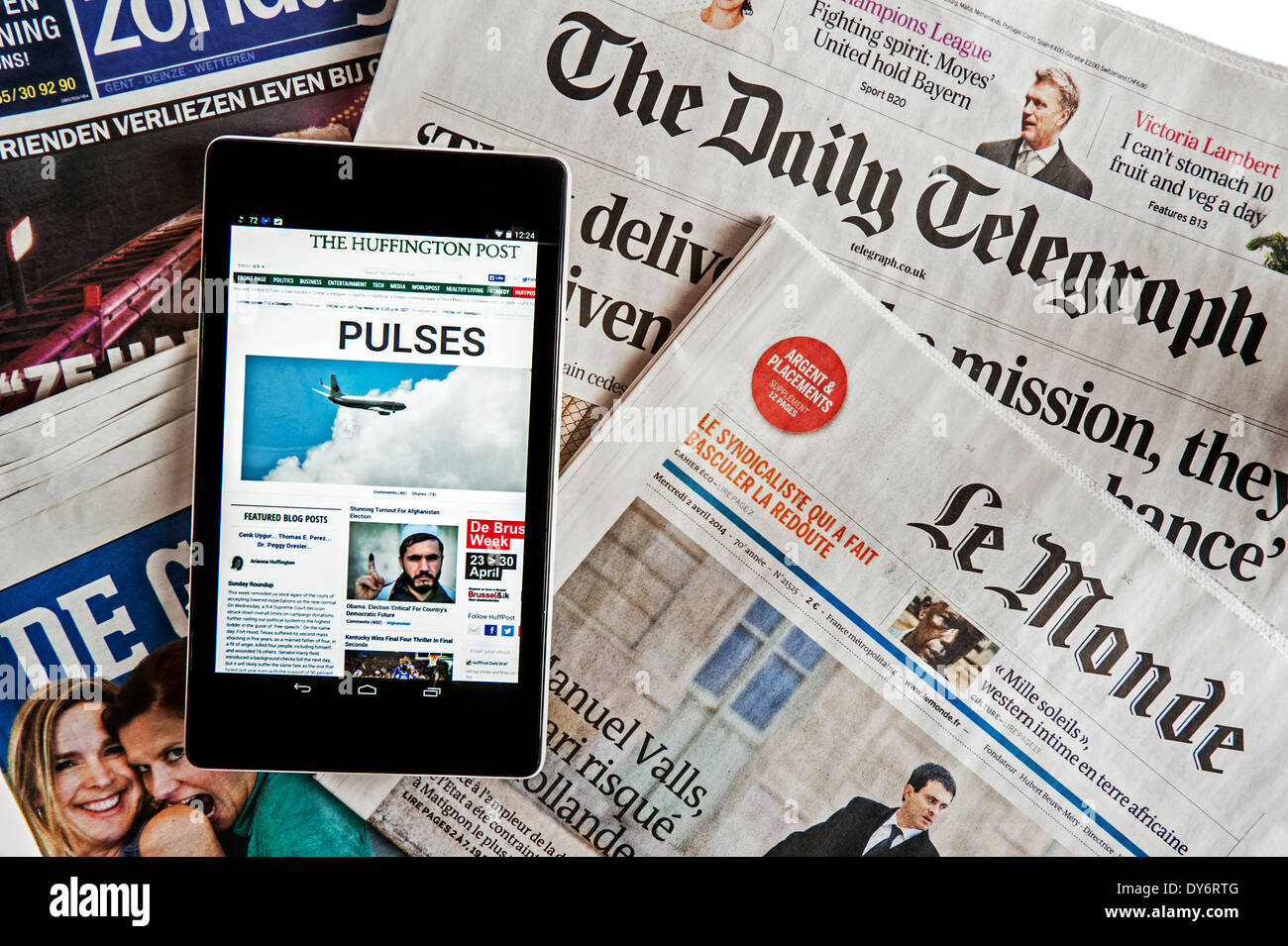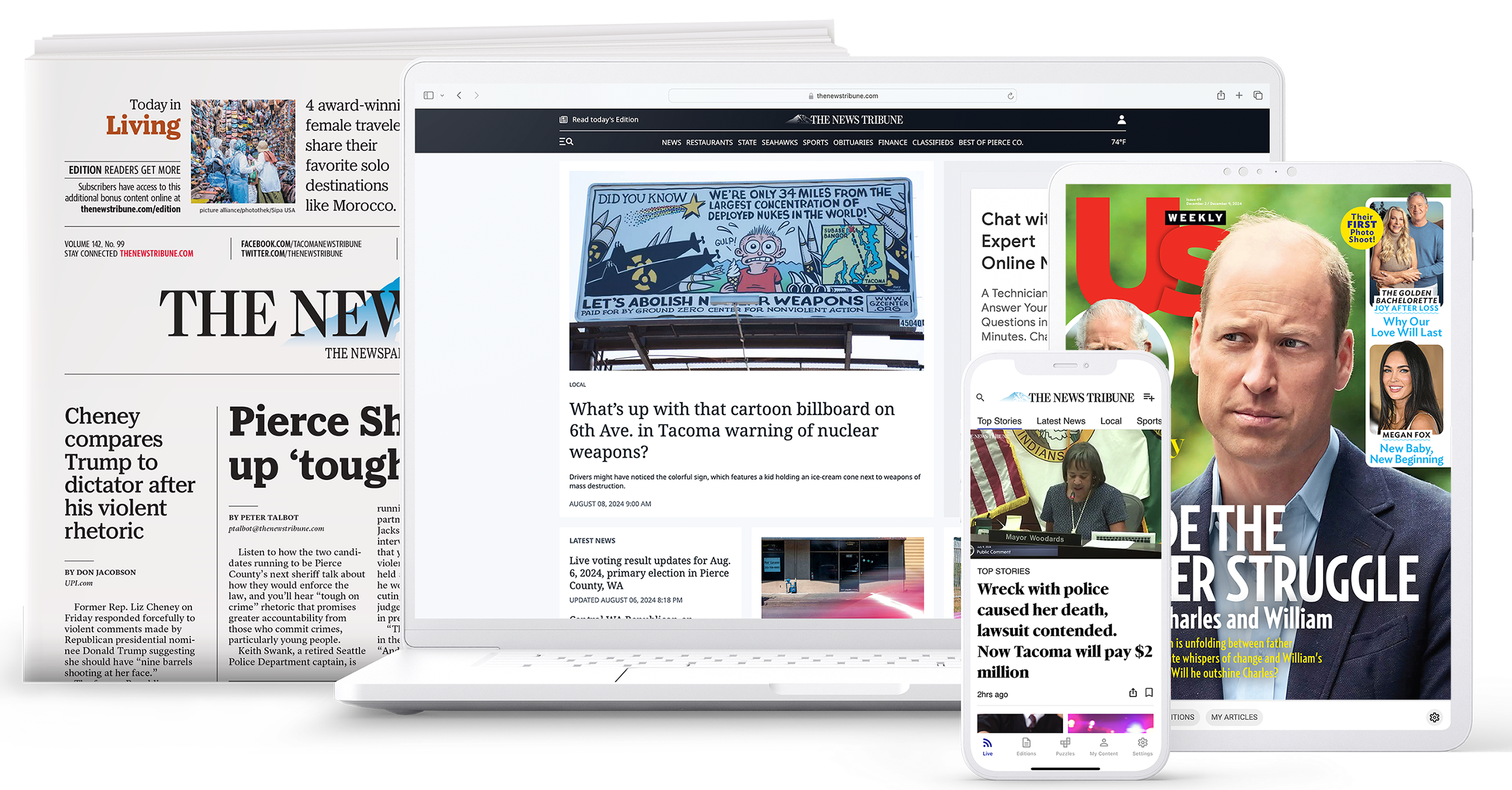The Effect of Social Media Site on the Way We Consume News Online
Social media has fundamentally transformed news consumption. It provides prompt accessibility to information, typically overshadowing conventional media electrical outlets. Nonetheless, this quick dissemination includes challenges. Users encounter the danger of encountering false information and ending up being caught in echo chambers. The algorithms driving personalized web content can cover diverse point of views. As these dynamics develop, understanding their implications becomes essential for notified engagement in public discussion. What approaches might aid navigate this complex landscape?
The Development of News Usage in the Digital Age
As modern technology progressed, the means individuals taken in news changed significantly in the electronic age (stnews.live). Standard newspapers and relayed media began to decrease as the net arised as a key source of info. On-line platforms provided instant access to news short articles, video clips, and podcasts, allowing customers to remain notified at any type of time. The benefit of mobile devices additionally accelerated this change, enabling customers to get updates on the go
In addition, the increase of news aggregators and websites promoted the usage of diverse viewpoints, empowering individuals to tailor their news intake based on individual interests. This advancement likewise motivated wire service to adapt their techniques, concentrating on electronic content and interesting readers via multimedia styles. Consequently, the traditional obstacles of time and room in news distribution diminished, bring about a much more immediate and customized news experience for audiences worldwide.
The Function of Social Network Platforms in News Circulation
Social media site platforms have changed news distribution by offering immediate accessibility to details. Their algorithm-driven content curation commonly focuses on involvement over accuracy, causing substantial reliability difficulties (stnews.live). As users navigate this landscape, the effects for news intake and public discourse ended up being significantly complex
Immediate News Accessibility
Traditional news outlets have actually long been the primary source of details, the rise of social media platforms has drastically changed exactly how news is accessed and taken in. Instant news gain access to has become a trademark of the electronic age, enabling users to obtain updates in genuine time. Systems such as Twitter, Facebook, and Instagram allow news to spread out rapidly, often going beyond standard media in rate and reach. Users can share stories, remark on occasions, and engage with journalists, developing a vibrant interaction in between the target market and news material. This immediacy cultivates a society of necessity, triggering users to seek info quickly. Consequently, the expectation for prompt news has improved journalistic techniques, engaging wire service to adapt their strategies to fulfill the needs of a fast-paced electronic setting.
Algorithm-Driven Material
While customers proactively involve with material on social media sites, the formulas that control these platforms play a critical duty in figuring out which newspaper article obtain presence. These algorithms analyze individual actions, choices, and interaction metrics to curate individualized news feeds. Consequently, specific tales might be intensified while others continue to be odd, usually prioritizing marvelous or trending subjects over substantive coverage. This discerning exposure forms users' understandings of existing occasions and affects public discourse. The dependence on algorithm-driven material can develop echo chambers, where users are mostly revealed to point of views that align with their own beliefs. The characteristics of news distribution on social media systems significantly influence how individuals take in and translate information in the electronic age.
Integrity Obstacles
As customers increasingly transform to social networks for news, the integrity of info run into on these platforms comes to be a pushing issue. The decentralized nature of social networks enables any individual to publish content, often blurring the lines between trustworthy journalism and misinformation. Algorithms prioritize engagement over accuracy, leading to the widespread dissemination of sensational or deceptive stories. This environment presents significant challenges for users attempting to determine trustworthy resources. Social media systems, while venturing to combat false information via fact-checking and material moderation, face objection for disparities and prejudices in their methods. Inevitably, the obligation lies with individuals to seriously assess the news they consume, as the fast spread of info often exceeds verification efforts by systems.
The Rise of Citizen Journalism and User-Generated Web Content
The rise of resident journalism has actually encouraged day-to-day people to share news and viewpoints, typically giving insights that standard media may neglect. This change also offers significant difficulties, specifically the spread of misinformation that can occur from unverified content. As user-generated content comes to be a lot more prevalent, the equilibrium in between genuine voices and accuracy in coverage stays a critical issue.
Empowering Day-to-day Voices

Challenges of False information
While the rise of person journalism has opened avenues for varied voices in the media landscape, it has also presented substantial challenges connected to false information. The convenience of sharing information via social networks systems permits people to distribute news rapidly, yet this fast spread typically comes at the price of accuracy. User-generated content frequently does not have the extensive fact-checking and content oversight that conventional journalism gives. Sensationalized or false narratives can obtain traction, deceiving target markets and forming public understanding. Furthermore, the mixing of viewpoint and reality within social media sites makes complex the distinction in between legitimate details and misinformation. Therefore, consumers must navigate an increasingly complex media setting, calling for important assuming abilities to recognize dependable news sources in the middle of the noise

False information and Its Effects for Public Discourse
As social media platforms increasingly dominate the landscape of information circulation, the expansion of false information presents significant obstacles for public discourse. False information, commonly created to mislead or provoke emotional reactions, can distort understandings of fact and undermine count on in trustworthy resources. This phenomenon leads to polarized perspectives, as people reference are attracted towards resemble chambers that reinforce their ideas, further lodging departments within culture.
The ramifications for public discussion are extensive. When people depend on false info, meaningful dialogue reduces, and the autonomous procedure experiences. False information can prompt worry and complication, impacting public health and wellness, security, and political security. As a result, cultivating media proficiency becomes vital, encouraging individuals to seriously evaluate info and determine truth from fiction. Resolving the challenges postured by misinformation is crucial for protecting the integrity of public discourse and ensuring a knowledgeable people with the ability of engaging in useful discussions.
The Influence of Formulas on News Visibility
Given the main role of formulas in determining content presence, their influence on news consumption is profound. These formulas, used by social networks platforms, focus on particular kinds of web content based upon user engagement and preferences. Therefore, news posts that line up with preferred patterns or audience rate of interests are most likely to be shown prominently, while less thrilling stories might be forgotten. This develops an atmosphere where customers are revealed largely to information that enhances their point of views, potentially causing resemble chambers.
Moreover, the continuous advancement of formulas suggests that wire service must adapt their strategies to line up with these changing specifications, often prioritizing clickbait or psychologically billed headings. Consequently, the honesty of news coverage can be endangered, as crucial tales might not get the exposure they are worthy of. The mathematical shaping of news exposure therefore plays an essential function in influencing public assumption and understanding of present occasions.
The Shift Toward Visual Storytelling in News Media
Significantly, news media is accepting aesthetic storytelling as a powerful device to engage audiences. This technique leverages photos, video clips, infographics, and interactive components to communicate information better than traditional text-based styles. As interest covers shorten, visuals use a quick, impactful way to interact intricate stories and order viewers' interest.
Systems like Instagram and TikTok have further accelerated this fad, compelling wire service to adapt their content techniques to fit these visually-driven atmospheres. By integrating compelling visuals, news outlets can boost psychological connections and foster greater understanding of topical problems.
Visual storytelling enables for even more diverse narratives, showcasing multiple perspectives via dynamic presentations. As audiences significantly take in news through mobile phones, the shift towards visuals not just accommodates customer click now preferences but likewise helps to break down barriers to details gain access to. Inevitably, this development reflects a broader change in just how news is produced and consumed in the electronic age.
Future Patterns: Navigating the Altering Landscape of News Usage
While the digital landscape continues to advance, news intake is positioned for significant change driven by arising innovations and transforming target market habits. As expert system and machine learning advance, personalized news feeds will certainly end up being more common, allowing individuals to obtain content tailored to their interests. This modification might cause better interaction yet also elevate issues concerning echo chambers and misinformation.
The increase of voice-activated gadgets and wise audio speakers will affect exactly how news is provided, changing the emphasis from aesthetic to browse around these guys auditory layouts. This fad might encourage news organizations to adopt even more concise and appealing audio content.

Often Asked Inquiries
Just How Do Social Network Interactions Affect News Reputation?
Social media interactions can significantly influence understandings of news trustworthiness. Interaction metrics, such as likes and shares, typically shape target market trust fund, with popular articles gaining regarded authenticity, no matter the precision or dependability of the info presented.
What Role Do Influencers Play in Shaping News Narratives?
Influencers considerably shape news stories by leveraging their systems to magnify specific stories, commonly tailoring content to their audience. This can bring about biased point of views, impacting public perception and focusing on sensationalism over factual reporting.
Just How Can Users Identify Reliable News Resources on Social Media Site?
Users can determine dependable news sources on social media by examining the resource's credibility, confirming realities with numerous electrical outlets, examining the professionalism and trust of the content, and recognizing potential biases in reporting to assure exact information.
What Influence Does Social Media Site Have on Typical Journalism Jobs?
Social network substantially influences traditional journalism work by changing revenue designs, lowering demand for print media, and fostering competition from citizen reporters. Lots of experts face job instability and should adapt to quickly altering media landscapes.
Exactly How Do Different Demographics Consume News on Social Network?
Various demographics exhibit different preferences for news consumption on social networks. Younger audiences prefer systems like TikTok and Instagram for fast updates, while older individuals have a tendency to choose Twitter and facebook for much more in-depth discussions and short articles.